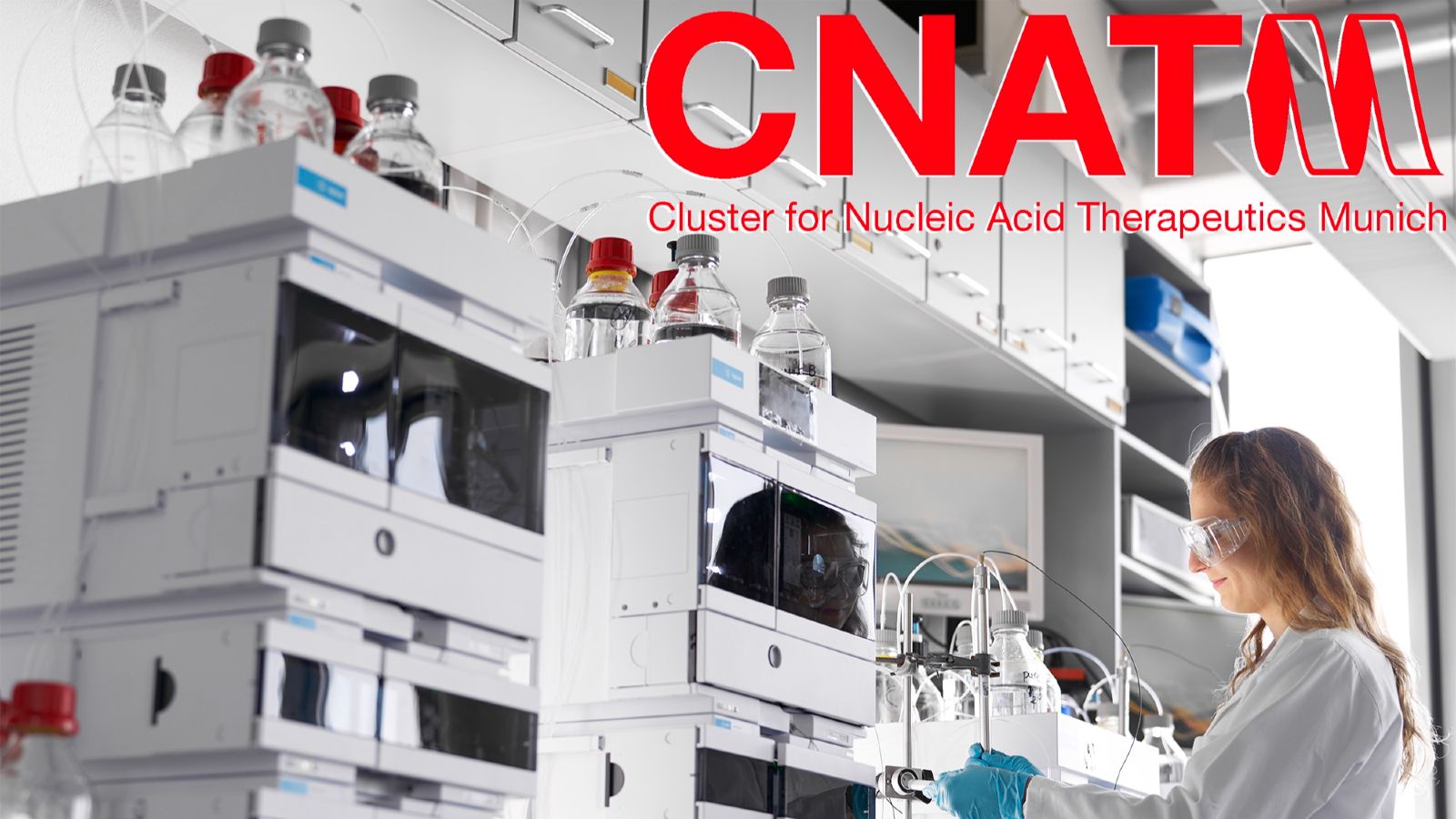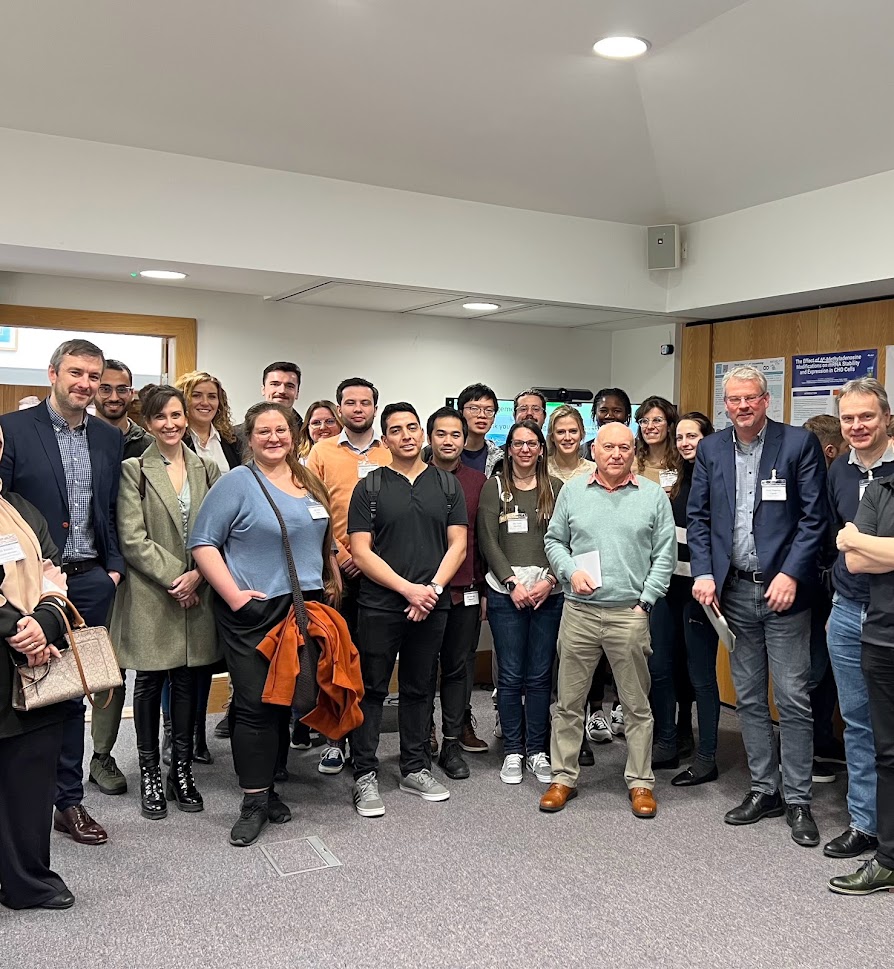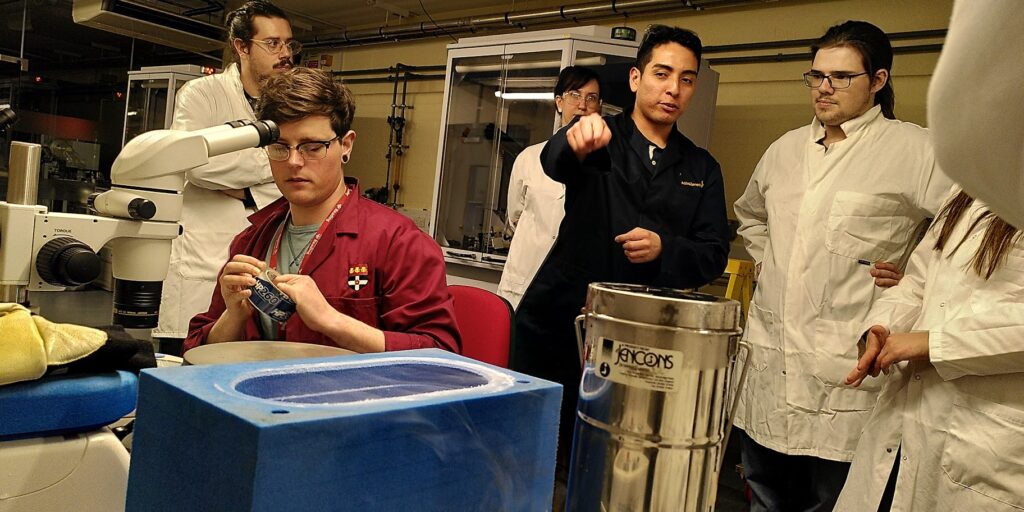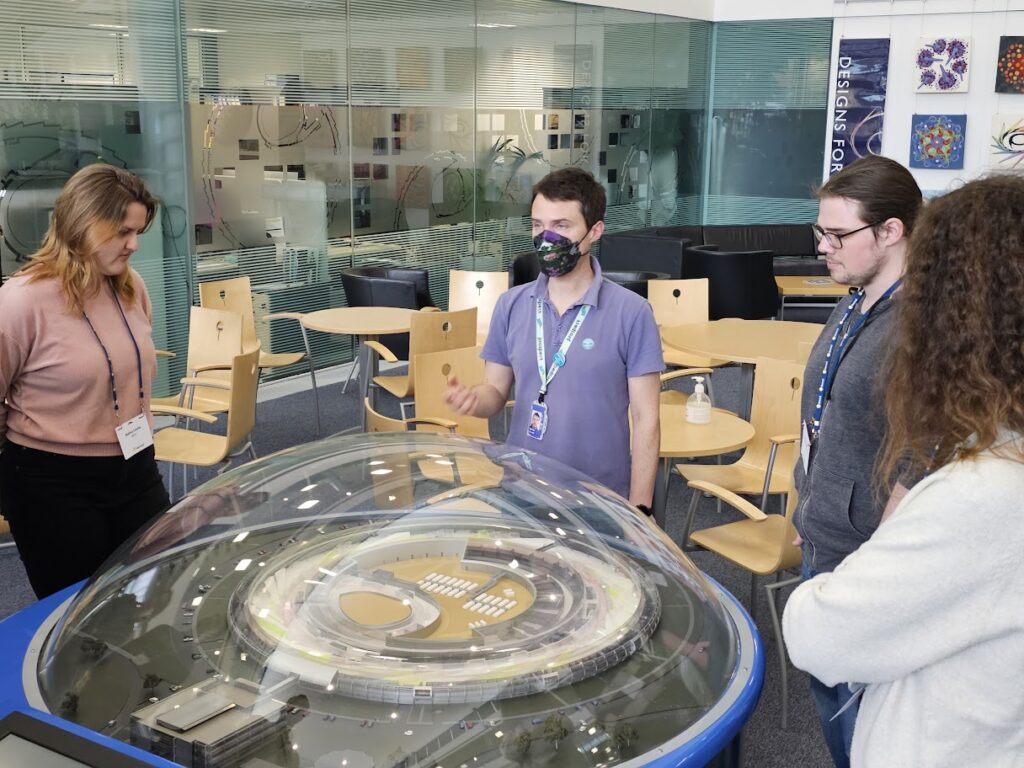After the great experience I had during my first secondment at the University of Reading, I had the chance to spend one month at the University of Oxford, in the UK, supervised by Prof. Tom Brown and Prof. Afaf El-Sagheer.
This time I was not alone, but Tania (ESR9) and Malou (ESR5) came for their secondment in the same period. The first day I went to the lab I was very excited about the new experience in such an important group and university. The group gave me a warm welcome when I arrived, and I felt happy and thrilled to be there.
During this secondment, I learnt many new techniques and developed new skills, supervised by very professional and passionate scientists, always keen to teach me.
During my stay, I used click chemistry reactions to link the Ruthenium compounds I synthesised at Chimie ParisTech – PSL to some triplex-forming oligonucleotides. I learnt how the oligonucleotides are synthesised, thanks to Prof. Afaf El-Sagheer who was always keen to teach me, and I performed the reactions helped by Diallo (ESR 6), who kindly and patiently taught and illustrated the techniques.
During this experience, I had the opportunity to learn, develop my scientific skills, and know a different scientific environment.
But it was not just science! I had great experiences like visiting the beautiful Oxford, and getting into some of the Colleges – thanks to the “local”, Sebastian (ESR1). The cherry on top was the fairy tale experience of having a formal dinner in a College!
Overall, this experience was magic! From the scientific and personal point of view. I am very happy and grateful I had the chance to live all these great adventures thanks to the NATURE-ETN project!
By Maria Dalla Pozza (ESR3)
















